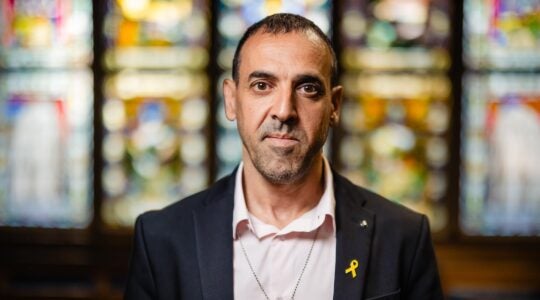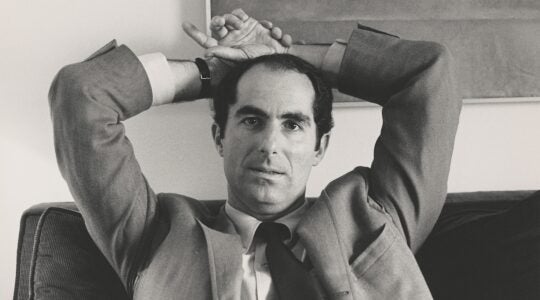Ben Gurion Airport, early in the morning, a group of young Canadian or American Jews get off the air-conditioned airplane straight into the hot Mediterranean climate, tired after a long flight, on their faces a mixture of pressure and excitement is evident. They place their suitcases in the trunk of the bus and meet the guide who will accompany them For the next 10 days.
Welcome to Israel!
Welcome to Birthright!
I have become accustomed to this routine over the past few months: to be at the airport at least twice week, to receive incoming groups and send them back home after ten days. When I’m asked what a standard group of Birthright looks like, I have no answer.
In my work, I mainly welcome Canadian groups, a few from the United States. Even when the participants come from the same country, each group is different. Some come from the East Coast and some from the West Coast. Some are relatively young and there are older. There are Extreme Groups and there are Yoga groups.
Every Birthright group has a different schedule but the basic program is quite similar: everyone visits Jerusalem, the Old City, Yad Vashem, Tel Aviv beach, Rothschild Boulevard, Safed, hiking and of course, Masada.
Now imagine a single Birthright group of not 40 participants, but only of 10. Ten participants with special needs. You will be surprised to discover that the difference between this group and other groups is not vast.
Over the past few months, I have coordinated a large number of Taglit-Birthright Israel groups, two of which were of special needs participants. The first was through CIE (Canada Israel Experience), which arrived in Israel in February, and the second, which ended last week, through Amazing Israel and The Philly Friendship Circle.
People tend to refer to special needs as “different” or “challenging” and “special,” but let me tell you something, these groups were both ordinary and indescribable. They visited all the usual, traditional places. They were emotional at the western wall, shed a tear at Yad Vashem and enjoyed rafting on the Jordan River. They act different, you can’t ignore it, but their experience is so real and authentic. They experience Israel in a similar way to the 650,000 youngsters who have had this experience before them. and this is the magic of Taglit-Birthright Israel.
One of the main goals of Taglit-Birthright Israel, if not the most important one, is to strengthen the connection of the participants to their Jewish identity. When I visited the American group at the Western Wall I accompanied one of the participants to the Kotel, helped him put on Tefillin and together we recited the Shema. When we finished he asked me '”what now?”. I explained to him that this was the stage when he could ask for a wish from God as it is the holiest place for the Jewish people. After half a minute he turned to me and said, “I do not feel closer to God here, I do not feel anything special.” He is not the first to feel this way, but unlike others, he said it out loud. He was frank and straightforward. He also learned about his Jewish identity throughout the 10 days in Israel. He asked questions and looked for answers, and the beauty is that he wasn’t afraid to speak.
I will not forget the group’s summary talks. Not because they were different from the other group summaries I’ve participated in, but because they were so similar to them! I’m sure that if you were on Birthright, you would remember the participant who said that he did not expect to create such a connection with the rest of the bus, and the participant who talked about the Old City. One would talk about the shawarma, another about Yad Vashem and yet another participant who would comment about the community that was created, this ’second family’ and that his new friends are now friends for the rest of his life.
All of the above I heard when the participants in the special needs groupshared. It was amazing to see that these were the same vibes of any other group!
The special needs groups had an additional three staff members. The groups were both led by the incredible tour guide by the name of Omer Zur. When I visited the Canadian group at an ice cream shop in Jerusalem in February, a few people approached me and the accompanying staff and said that we were doing holy work (Avodat Kodesh – עבודת קודש). I did not respond to them. Honestly, I don’t think the staff members of this group or any other group are doing holy work. True, the staff of these groups are volunteers, as well as the rest of the Birthright staff, and YES, they are doing important job but we are all equal human beings and assisting the other does not make anyone a saint or preforming a holy job!
Last week the American group departed from Ben-Gurion Airport and I helped them through security. The staff at Ben-Gurion Airport were not highly sensitive to the participants and it made me laugh. The special needs group encountered the Israeli chutzpah the same way as the other groups. I kept smiling to myself. People keep talking about accepting the different but in these ten days the participants had a most standard Birthright experience, not any different from the other 40,000 youngsters who are visiting Israel this summer with Birthright Israel.
Oz Isseroff lives in Jerusalem.
The New York Jewish Week brings you the stories behind the headlines, keeping you connected to Jewish life in New York. Help sustain the reporting you trust by donating today.




